Would a rosé by any other name taste as sweet? Of course I am referring to the ever-popular American creation White Zinfandel vs. classic rosé.
Truth be told, there is a real difference between rosé and white zinfandel. White zin is made by either cutting short the fermentation process to leave in residual sugar or by actually adding sugar to the wine to create a sweetened concoction often referred to as blush. This sugary sweetness can be attributed to countless hangover-like headaches from over indulging. Real rosé on the other hand is fermented like other red or white wines and can vary in flavor and body from light and fruity…just beyond sticky sweetness…all the way to bone dry. Rosé can be quite sophisticated, especially sparkling wines and champagnes showing up on store shelves for well over $50 a bottle…even getting more than $100 for the very best vintage brands.
Rosé is usually created by crushing the grapes normally used for red wine and only allowing the skins to be in contact with the juice for a very short period. Thus limiting the amount of color from entering the fermentation tanks. Sometimes producers bleed, or add in, a small amount of red wine from a particular vintage to what would otherwise be a white wine to give extra flavor, as well as the famous color.
While rosé comes from all over, the most popular drier versions are from Europe, with France as the main provider. Italy and Spain, however, have shown their own resolve in making fine pinks. Here in America, the line is a bit more blurred because of the sweeter blush cousin. Increasingly however, we are seeing more and more true rosé from the U.S. coming into homes and restaurants. Most of the American versions I’ve tried tend to be more fruity than the European versions. This is possibly a sign that some producers know that if they stray too far from the white zin crowd they might not sell, but more likely it is the other way around. They see that real rosé has a chance, but they first need to slowly pull the American palate away from the sweet stuff.
Even with the popularity of Rosé these days, I still often see the look on a customer’s face when I recommend a rosé. They tend to look a bit scared. They often have an image of some cheesy 1970’s Niagra Falls scene with a heart-shaped tub and a bottle of $5 champale. This has relegated the poor rosé into the world of cheap and sweet wine-like products. in fact the usual response is "I don't like Rosé..it's too sweet."
Banish that thought and give rosé a chance. If you normally enjoy drier white wines, then try a nice dry French or even Spanish version that can resemble a lighter, fruitier version of a Chardonnay or Sauvignon Blanc. If you really like the sweeter blush wines, then try a new world Rose like a Malbec-based one from Argentina or even Rosé D'Anjou from the Loire Valley in France that can be slightly sweet. These often avoid the sugary sweetness while exhibiting copious amounts of fresh berry fruit. Either way you will experience what is possibly the perfect picnic wine…light, fruity and about as compatible with any lighter fare as you can get.
It’s easy. This season just think pink when you drink.
Truth be told, there is a real difference between rosé and white zinfandel. White zin is made by either cutting short the fermentation process to leave in residual sugar or by actually adding sugar to the wine to create a sweetened concoction often referred to as blush. This sugary sweetness can be attributed to countless hangover-like headaches from over indulging. Real rosé on the other hand is fermented like other red or white wines and can vary in flavor and body from light and fruity…just beyond sticky sweetness…all the way to bone dry. Rosé can be quite sophisticated, especially sparkling wines and champagnes showing up on store shelves for well over $50 a bottle…even getting more than $100 for the very best vintage brands.
Rosé is usually created by crushing the grapes normally used for red wine and only allowing the skins to be in contact with the juice for a very short period. Thus limiting the amount of color from entering the fermentation tanks. Sometimes producers bleed, or add in, a small amount of red wine from a particular vintage to what would otherwise be a white wine to give extra flavor, as well as the famous color.
While rosé comes from all over, the most popular drier versions are from Europe, with France as the main provider. Italy and Spain, however, have shown their own resolve in making fine pinks. Here in America, the line is a bit more blurred because of the sweeter blush cousin. Increasingly however, we are seeing more and more true rosé from the U.S. coming into homes and restaurants. Most of the American versions I’ve tried tend to be more fruity than the European versions. This is possibly a sign that some producers know that if they stray too far from the white zin crowd they might not sell, but more likely it is the other way around. They see that real rosé has a chance, but they first need to slowly pull the American palate away from the sweet stuff.
Even with the popularity of Rosé these days, I still often see the look on a customer’s face when I recommend a rosé. They tend to look a bit scared. They often have an image of some cheesy 1970’s Niagra Falls scene with a heart-shaped tub and a bottle of $5 champale. This has relegated the poor rosé into the world of cheap and sweet wine-like products. in fact the usual response is "I don't like Rosé..it's too sweet."
Banish that thought and give rosé a chance. If you normally enjoy drier white wines, then try a nice dry French or even Spanish version that can resemble a lighter, fruitier version of a Chardonnay or Sauvignon Blanc. If you really like the sweeter blush wines, then try a new world Rose like a Malbec-based one from Argentina or even Rosé D'Anjou from the Loire Valley in France that can be slightly sweet. These often avoid the sugary sweetness while exhibiting copious amounts of fresh berry fruit. Either way you will experience what is possibly the perfect picnic wine…light, fruity and about as compatible with any lighter fare as you can get.
It’s easy. This season just think pink when you drink.

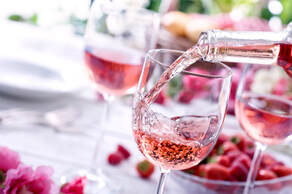
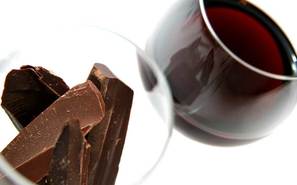
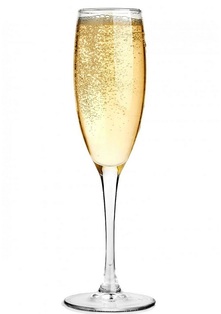
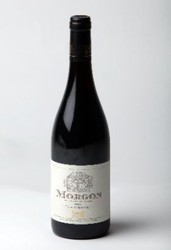
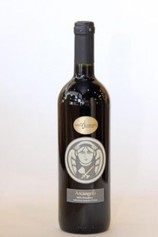
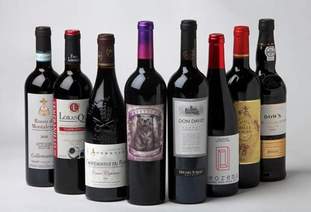
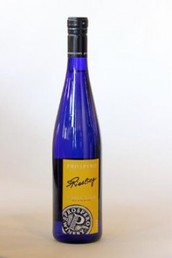
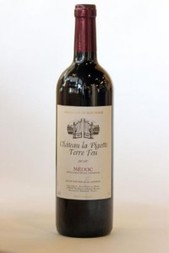
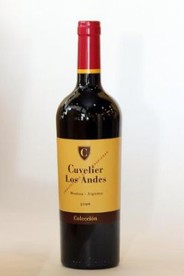
 RSS Feed
RSS Feed
